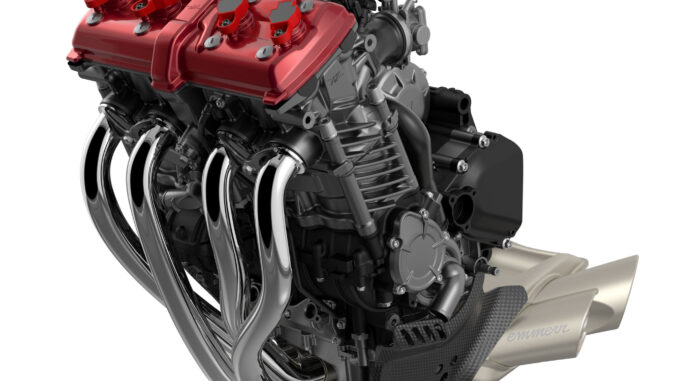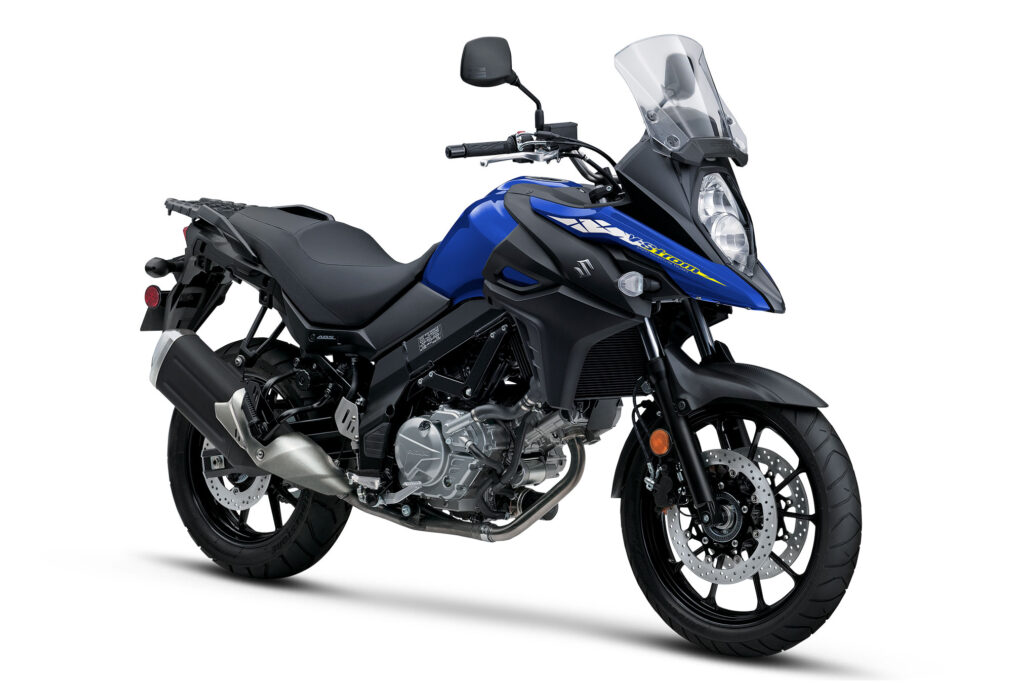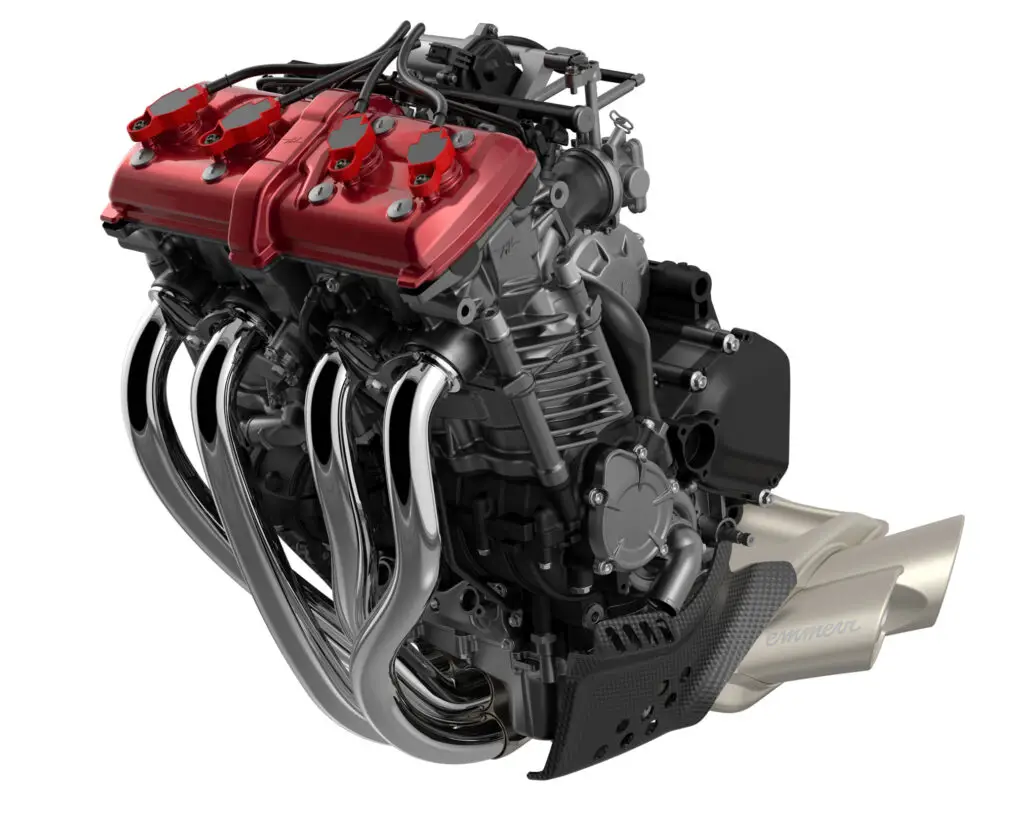
Section Eight: Motorcycle Oils
The majority of us riders want to make our bikes last and run like new forever, but it takes maintenance to do just that. Bike engines work harder than car engines and thus require more of our attention. Here are some oil tips I found to be beneficial and would like to pass along.

Motorcycle Oils: More than Just Necessary
You owe it to yourself and your bike to make it as safe and reliable to ride as you can. To some, that means tearing apart an engine or carburetor; to others it means making sure you do the basics. Since everyone is different and may not be as comfortable working on their bikes, this section will cover the minimum essentials you should do for your bike, and they also happen to be the easiest.

Oil & Filter Changes
If you only do one thing yourself on your motorcycle and get a shop to do everything else, this should be it. Oil is the lifeblood of any vehicle, and motorcycles are especially hard on oil. They run at higher RPMs, hotter temperatures, and often rely on oil and air alone for cooling. Without oil, your engine will seize and die. So do yourself a favor and change your oil regularly.
What Oil Does
Oil cools the engine and prevents metal-on-metal contact, which can cause expensive damage. It also carries away debris like filings, dust, and carbon into the oil filter. Without a filter, that debris would circulate endlessly and destroy the engine from within.
Changing Your Oil and Filter
Yes, it can be messy, but even beginners can do it in about 45 minutes. Once you get used to it, you’ll cut that time in half. Most bikes require removing just three bolts: one to drain the oil, one for the filter, and one to pour the new oil in. Tips: warm the bike up to thin the oil, put it on its center stand, and drain into a pan. Replace the filter once the oil has stopped dripping, then bolt everything back up and refill with fresh oil.
Double Check Everything
Make sure all bolts are tight before pouring in oil. Check your manual for the correct amount. Remember: a new filter requires more oil than just an oil change. Use the dipstick or oil window to confirm the level. Once filled, run the bike for 1–2 minutes, then recheck and top up if needed.

Why Run the Bike After an Oil Change?
Running the engine distributes oil evenly. After a minute or two, recheck the level, oil will have drained back down. Top up if needed, then run again. Usually one or two cycles is enough to ensure the correct level.
How Often Should You Change Oil?
Too often is wasteful, too rarely is disastrous. Follow your manual’s recommendation, but change a little sooner to be safe. If it says every 3,000 km, change at 2,000 km or every 6 months. Oil degrades even when sitting, so low-mileage riders still need regular changes.
What Oil to Use?
Always follow your manual. Older bikes often specify a grade (10w40, 20w50) rather than “motorcycle oil.” The term “motorcycle oil” is relatively new, bikes ran fine for decades before it existed. The key is using the correct grade and changing it regularly.
Motorcycle Oil vs. Automobile Oil
This is the big debate. Many argue motorcycle oil is essentially the same as car oil, just marketed differently. Some mechanics use auto oil with no issues, while others stick to motorcycle-branded oil. Regulations ensure both meet strict standards. Ultimately, it’s your call, but the most important thing is to use the right grade and change it on schedule.

Oil Products
Motomaster 4-Stroke Motorcycle Oil (from Shell Canada) is Shell brand oil formulated to meet JASO T903 MA quality (a motorcycle spec). Since it’s designed for gasoline engines, it also meets API SJ (a common automotive spec).
All engine oils use an organic Zinc compound as an anti-wear additive. Spectro adds more Zinc to their motorcycle oil than to car oil, since Zinc can harm catalytic converters. Interestingly, some car oils contain more Zinc than motorcycle oils. In practice, the difference is minor, and many motorcycle-branded oils are simply repackaged or slightly reformulated top-grade automotive oils.
Oil Filters
Many riders start with FRAM filters because they’re widely available, but they aren’t the best quality. Frequent oil changes (every 1,000–2,000 km) can leave them looking beat up. While FRAM filters may work, better options exist.
- Best filters: Purolator, WIX, Suzuki OEM
- Worst filters: FRAM
Air Filters
A good air filter keeps your engine breathing clean. Popular options include:
Spark Plugs
Reliable spark plugs are essential for performance. A trusted brand is:
NGK Spark Plugs.
Chain & Sprockets
A strong chain and sprocket set keeps your power delivery smooth. Recommended brand:
DID Chains.
Batteries
A reliable battery is critical for starting and electronics. A top choice is:
Yuasa Batteries.
For more details, see the Yuasa Battery Literature.

Brakes
Stopping power matters. Trusted brake brands include:
Paint and Surface Protection
Keep your bike looking sharp with these brands:
See our review of motorcycle cleaners, waxes, and polishes.
Summary
The more care and maintenance you give a bike, the longer it will last, up to a point. Over-maintenance, like changing oil every 500 km, won’t extend its life further. Balance is key: follow the schedule, use quality parts, and your bike will reward you with years of reliable riding.


